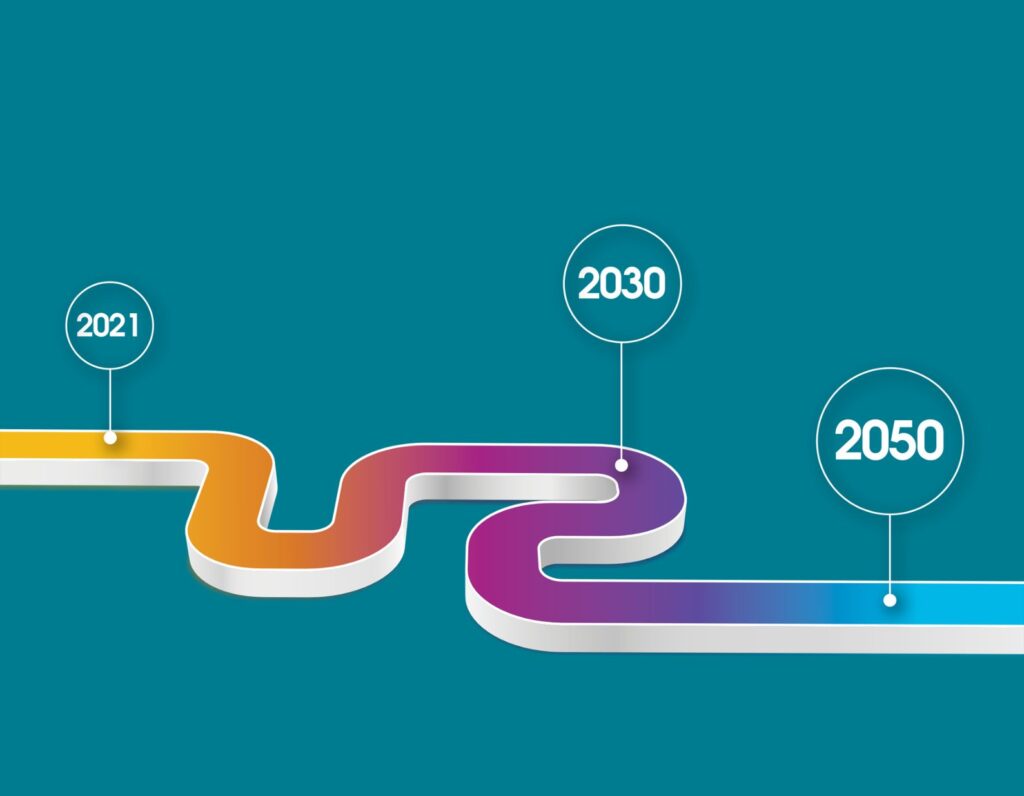Both glaciers and sea levels are rising. Flooding in Bangladesh and other extreme weather events, like Hurricane Ian, are happening more frequently. Whether you like it or not, the climate crisis is here, and these are the telltale signs that it is one of the biggest problems of our time.
In February, the latest Intergovernmental Panel on Climate Change (IPCC) report issued a “dire warning”, stating that irreversible climate impacts are happening faster and with greater intensity than ever before, and called for urgent action to mitigate this.
Additionally, the 2022 Asia Pacific Energy Transition Readiness Index discovered that while many APAC business leaders and policymakers have lofty ambitions in this area, many probably need support as the region’s energy transition is still in its infancy.
According to Dr. Christian Bruch, chief executive officer, and chief sustainability officer of Siemens Energy, the IPCC report emphasizes the need for a completely new approach to energy production.
“For the first time, we realize that changing the boundary conditions is actually necessary. It’s not about introducing new technology. Saving a small amount of energy is not the goal. It’s about a fundamental change in our approach to consuming and producing energy,” he asserted.
The Repowering Remit
With the help of pre-existing resources and infrastructure, Siemens Energy’s Brownfield Transformation solutions can decarbonize old coal, oil, and gas-fired power plants. The business’s portfolio of strategies incorporates energy technologies and solutions like repowering, which pave the way for intermediate solutions like plant hybridization and, ultimately, future net zero energy systems.
Brownfield Transformation forms part of Siemens Energy’s commitment to sustainability in alignment with the United Nations Sustainable Development Goals (SDGs), in particular SDG7, which calls for “affordable, reliable, sustainable and modern energy for all” by 2030.

By giving gas power plants the ability to eventually switch from using natural gas to hydrogen instead, repowering has a number of advantages, including increasing investors’ asset resilience. Repowering has the potential to reduce CO2 emissions by up to 70%, according to Siemens Energy.
Repowering is predicated on the idea that it is impractical to start over with energy production in the world. Instead, it is necessary to repurpose legacy assets that are currently considered to be burdensome, such as coal power plants, in order to use them as bridges to a new energy future.
This is something that is urgently needed. Over 75% of the world’s CO2 emissions in the energy sector are attributed to coal-fired power plants, which are frequently at the forefront of decarbonization discussions worldwide. For instance, coal use is still increasing in the APAC region where rapid economic growth is driving up demand for electricity.
Laying the Groundwork for Future Net Zero Energy Systems
The use of gas power as a bridging technology by Siemens Energy enables quick action to cut greenhouse gas emissions.
Siemens Energy discovered in working with its clients that every organization is going through the energy transition at a different stage. This necessitates inclusive strategies that can assist in meeting customers where they are at different starting points while traveling at different speeds on the path to net zero.
Solutions that make use of various clean-energy technologies to hasten the transition to cleaner energy use are necessary if SDG7 is to become a reality in a short amount of time. Customers are able to take advantage of solutions that improve energy efficiency, use alternative energy sources like e-fuels, and lower CO2 emissions as a result.
For instance, there are numerous ways to cut CO2 emissions. The lithium-ion battery-based BlueVault solutions from Siemens Energy are one example of some of these that also have additional spin-off advantages.
Two jack-up drilling rigs owned by Maersk Drilling were retrofitted with the BlueVault energy storage system, according to a previous announcement from Siemens Energy. These batteries allowed the onboard internal combustion engines of the rigs to be used less frequently. As a result, there were fewer CO2 emissions and fossil fuel use, and energy efficiency rose.
Technologies for carbon capture, use, and storage take CO2 emissions from the production of fossil fuels and industrial processes and either repurpose them or store them underground. By preventing CO2 from entering the atmosphere, aids nations in meeting their energy needs and generating cleaner energy.
Working with SWW Wunsiedel, Siemens Energy produced an electrolyzer plant that helps generate “green” hydrogen from renewable energy which reduces 13,500 tons fewer CO2 emitted every year.
There are numerous other, more effective ways to produce energy, such as heat pumps that take thermal energy from already existing, low-temperature heat sources, like geothermal energy and industrial waste heat. In doing so, more heat is produced while using less energy.
These approaches lay the foundation for future net zero energy systems and provide a starting point for more sophisticated technologies that can be adopted over the long term to move toward a future with lower carbon emissions.
This is especially true for APAC nations like Singapore, which are already preparing to diversify their energy mix with cutting-edge energy sources like hydrogen.
“We need to move quickly and in a different way, as the IPCC report has demonstrated. To change directions, we must gather all relevant parties. The time to act is now,” declared Dr. Bruch.
Find out how Siemens Energy is advancing affordable and clean energy through its innovative, future-focused technologies.
